Buying The Standard from André Balazs
In The Room With Amar Lalvani, Standard International
Hello everyone, happy Monday.
Introducing a new column called “In The Room”, in which I curate an interesting selection of hoteliers and restaurateurs, and interview them on how they’re doing hospitality differently.
The inaugural issue of “In The Room” features Amar Lalvani, Group President & Creative Director of Hyatt Lifestyle.
Amar’s CV is as pedigreed as it can be for a hospitality executive - after graduating from Wharton, he began his career at Starwood Capital, launching hotels in Asia. After receiving an MBA at Harvard, Amar worked at Blackstone and again at Starwood (under W Hotels) doing real estate development. In 2010, he began working for André Balazs on iconic properties such as The Chiltern Firehouse, Chateau Marmont, The Standard, and others.
In 2013, Amar led a group of private investors to acquire a majority stake in The Standard brand. Since then, he’s expanded the iconoclast lifestyle hotel brand abroad to markets such as Bangkok and Ibiza, along with branded residential projects in Miami, Lisbon, Phuket, and Hua Hin.
In 2024, Hyatt acquired The Standard for a total of $335M - $150M for the brand only plus up to $185M in post-acquisition growth incentives. At the time of acquisition, The Standard International was managing 2,000 rooms and had a pipeline of 30 properties.
In addition to expanding The Standard geographically, Amar also led the acquisition of Bunkhouse Hotels, and just launched a new hotel called The Manner, a 97-key hotel that occupies the former Sixty Thompson site in Soho.
In this interview, we chatted about his institutional-to-entrepreneurial career path, building a new hotel brand from scratch, and the insights gained along the way.
The Stanza is a media platform connecting hospitality & fashion from an investor’s perspective. Follow on Instagram & subscribe if you haven’t already.
Tell us the story behind The Manner. What was the white space opportunity that you saw?
The ideas behind it are from my travels around the world over the last 25 years or so, and from the hospitality experiences that have stood out for me during those travels. And when I really thought about it, I realized some of the best hospitality experiences I've ever had are not actually at a hotel, but staying at a great friend's apartment, house, or boat - the type of hospitality where you're embraced with generosity and warmth as if you're in someone's home resonated with me beyond hotel experiences I've had.
So the thought became: what if there was a hotel that truly felt like your best friend's home? And what if that best friend was more stylish than you, more connected than you and is your aspirational best friend? And what if that great friend had an awesome loft in Soho? What would that feel like? That was the inspiration behind The Manner.
What were the most challenging aspects of acquiring the former Sixty Thompson site, redeveloping it, and creating a new hotel brand?
One big challenge was dealing with an existing hotel structure. It's a tight mid-block site – how do you transition and transform something that has so much that is structurally fixed? Oftentimes, constraints are also an opportunity, but we dealt with the realities of how the core, the levels, and the plumbing were set up.
Secondly, doing anything in New York City is not easy. A tight site in SoHo on an active street means you can’t shut down the street very often to construct the hotel. So dealing with the absolute constraints of New York City and a site like that, were challenging to say the least.
Lastly, we did some things that had never been done before by creating an unconventional brand from scratch. For example, we decided to put no TVs in the rooms - that was big. I don't think any urban hotel in New York has done that before. There was also a big discussion on using an interior designer and architect who’s never done a hotel before (Hannes Peer). We also decided that no children were allowed and to have spaces that are ‘guest only’ spaces. Things like that were unconventional decisions, which I thought were needed and interesting to create the concept. It was a diverse group of people working through those facets, whether it be the investors, or the operations team, or the design team.
Do you mind sharing how much the redevelopment cost, excluding the cost of the site?
I don't think we've published that, unfortunately. But we spent what it took to do something great.
The Manner is about a third of the key count as The Standard Highline. And The Standard is arguably one of the first boutique lifestyle hospitality brands, especially in New York. So who is The Manner for and how does that compare to the guest demographic of The Standard?
I've grown up with and I love The Standard, and ran the company for many years. I first knew The Standard from being from LA - The Standard on Sunset Strip opened in 1999. It was founded by André Balazs, and I took the company on in 2013 and have been growing it since then. But to answer your question, a lot of us grew up with The Standard.
I still love going there, but also I've matured. I think our guest demographic that started with The Standard has matured. And this (The Manner) was really built for the people who love what we did at The Standard – the design, the aesthetic, the culture, food & beverage, and all those things – but do it in a way that's, I would say, a bit more mature and refined.
The Standard logo is upside down for a reason: because André, and then us, taking on the company, really turned hospitality on its head. And that's how we thought about it: creating hotels that were meant for the city, and opened up to the community. Our guests that stayed there get to be part of the action of the city.
With The Manner, we're doing it the reverse. We're turning it the other way around - this is really built around the guest. In doing that, we envelop the guests in this world that feels like an apartment, and everything is catered to them. It's very generous - our breakfast and global newspapers are on the house in the morning. Then we host aperitivo hour, which we took from Milan culture in the evening, in The Apartment.
It's a ‘guest only’ space, so there's not a lot of distraction and “see and be seen”. There's no velvet rope. All the noise, which is what you have at The Standard, is brought down to a very, very discrete level. And so it's for a more discerning, maturing traveler that loves the elements of what we do, but this makes it much more refined and much more personal.

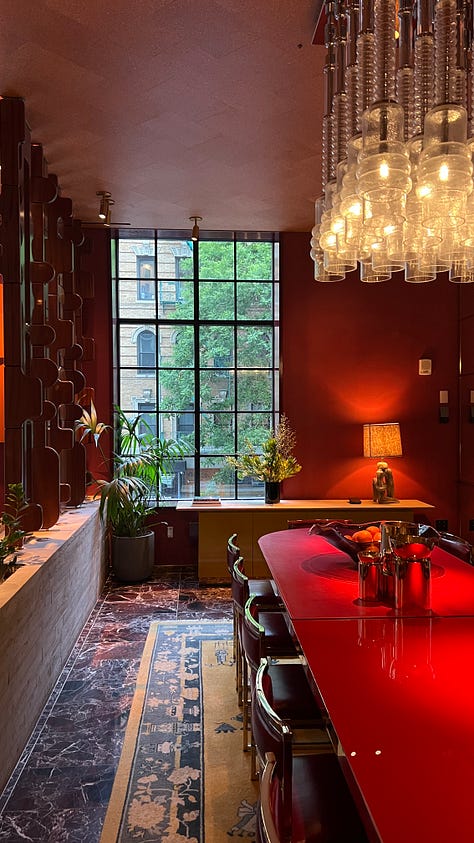
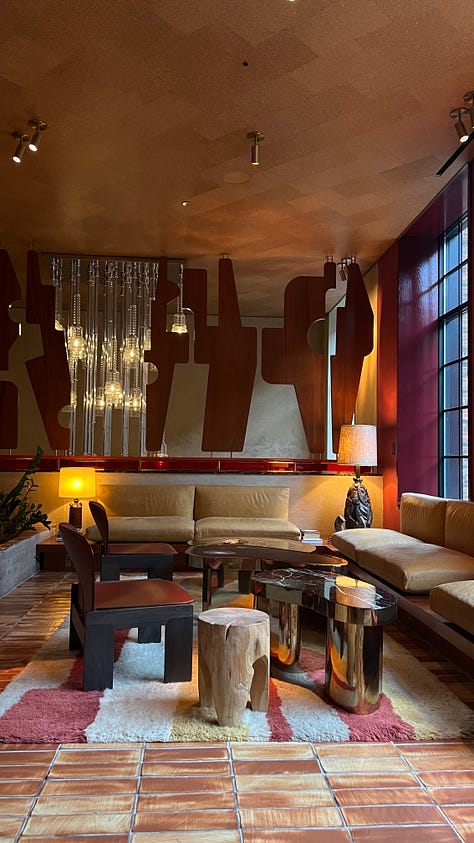
Why did you choose New York as your first location?
It's my home base; it's a very personal project as it's 10 blocks from my apartment. SoHo is an incredible place. In the mid 90s, when I moved to New York, SoHo was the epicenter of the cultural happenings in the world, as far as I was concerned. Since then, SoHo has changed a lot, primarily with the retail coming in and becoming second to Madison Avenue for the global retailers. And frankly, a lot of the interesting, cool, and fun things have been pushed out of SoHo because of the retailers paying the rents that they pay – you know, the Prada’s and the Gucci's of the world.
So to me, this nostalgia that I had for SoHo and what it could be, and I could feel that from the New Yorkers that I know who miss SoHo being that cultural center, is part of why The Manner is in SoHo - It fits the brand very well.
But also, it was an opportunity because the site and the building became available and our capital partners were interested in making a real estate investment. I would say the stars aligned. And I have a great deal of respect for Jason Pomeranz, who's a friend and founded the Sixty Thompson Hotel back in 2001. It was a legendary place. He kicked off a trend in this business and in SoHo. So it was quite an honor to take that on and bring it to the next generation of its life.
I'm curious if you thought about any other hospitality use cases in addition to the hotel while you were in the diligence phase. For example, a members club or a more public facing F&B program.
Sure, we certainly did. And obviously, the one question that immediately came to mind is: ‘Should this be a Standard Hotel?’ And to me, it didn't lay out in that way in what a Standard should be, in terms of opening to the public. And I wanted to, as I talked about in the beginning, take advantage of the constraints and the limitations of the site. I thought of the public-facing aspect of The Standard Highline, how open it is to that plaza, or The Standard East Village, with the public-facing garden. But this (The Manner) being on a very small, intimate residential street felt like that's not what it called for. And even how it lays out with the second floor that is now The Apartment being a ‘public’ area. So it didn't lend itself to being a Standard Hotel.
Secondly, we did think about a members club and from my perspective, I think there's a proliferation of members clubs, as you know, in New York. To me, there's a lot of that going on and even though it's a great business model, it doesn't resonate with me personally. I've always liked things that are more open, more democratic, more available, more for the community and less pretentious.
The idea that you have to apply to actually socialize – that's not my thing and how I think about hospitality. So, how do we put the three worlds together? It's on a residential street and therefore it has a residential feeling. Secondly, I wanted it to have a members' club feeling, so that when you go there, there are communal spaces that are for the guests. There's no application process, but those spaces are for the guests to feel comfortable and not feel exposed. Everybody in The Apartment is someone who's staying at the hotel. It's more intimate. You can let your hair down, you can come down in a robe, that kind of thing. And thirdly, the hospitality experience – it has the consistency and the service of a hotel. The concept of The Manner is putting those three things together. A residential feel, a members club environment, and a hospitality experience. We came to that by thinking about those other uses and arrived at what's now The Manner.
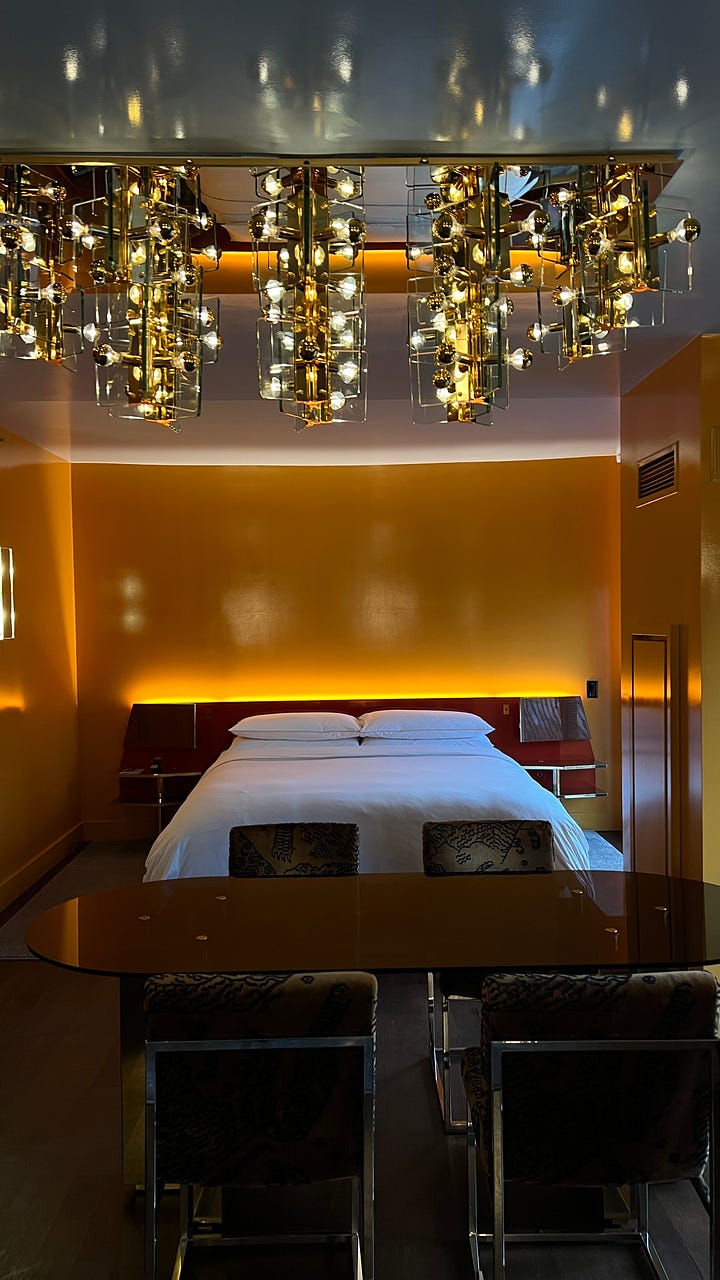
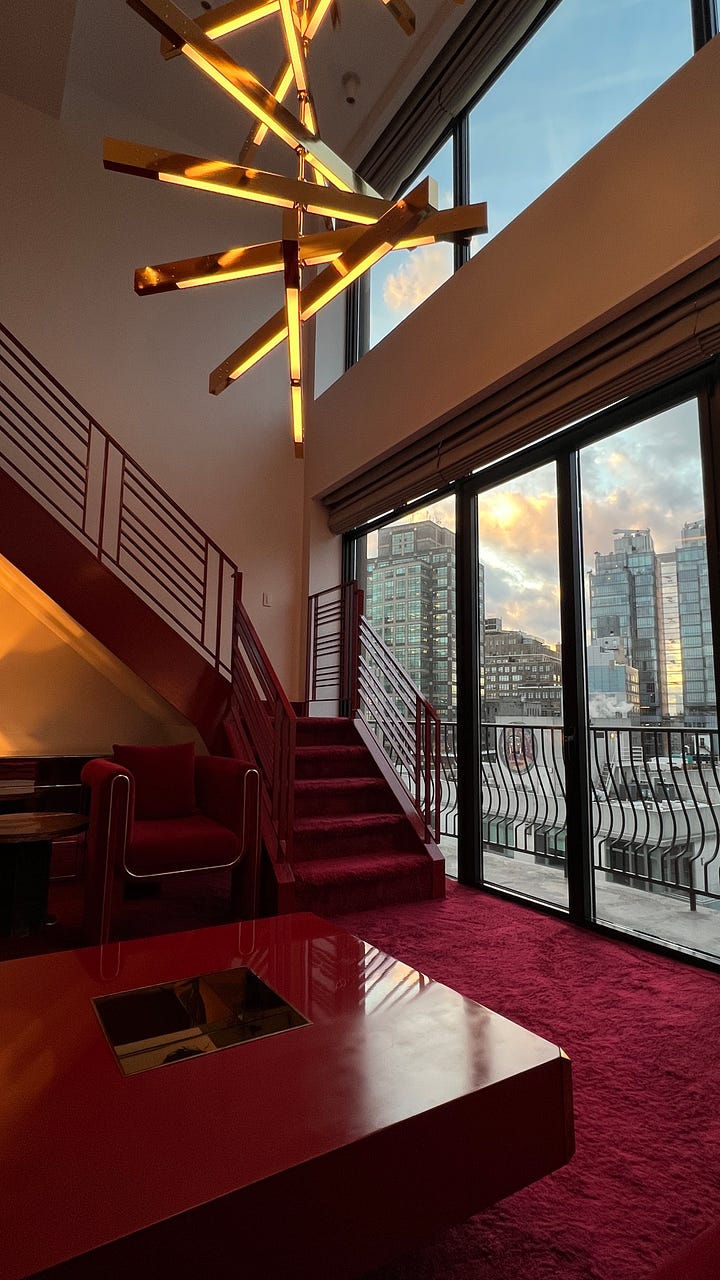
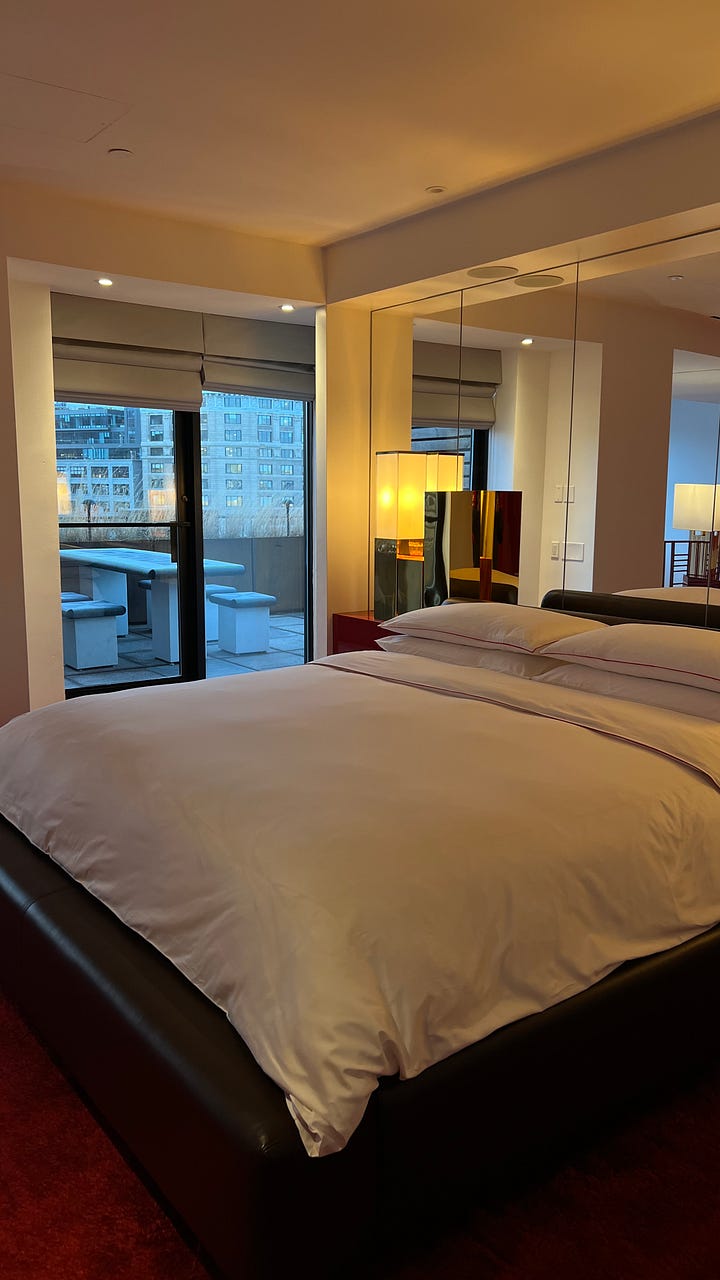
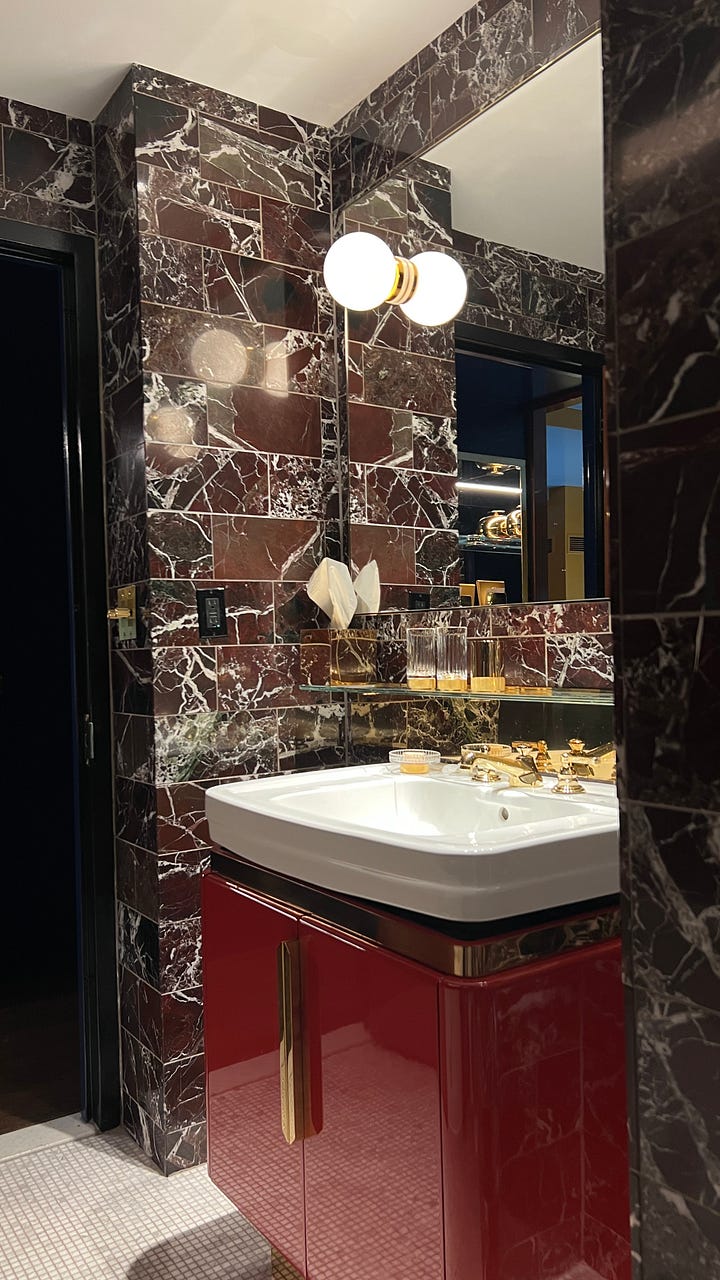
When I was there, I was thinking about branded residences and how New York is such a great market for pied-a-terres, especially in SoHo. Let's say I split my time between New York and Milan and I'm only in New York for 150 days out of the year. I don't need a full apartment, but a unit at The Manner, like that penthouse with the red monochrome, would be the perfect pied-a-terre for someone like me. What do you think about branded residences as part of The Manner’s business model?
We've done branded residences very successfully with The Standard. The projects in Lisbon and Miami have sold out. We’re doing a few in Thailand also. We're primarily in the hotel business, with branded residential as an extension. We wanted to start The Manner as a hotel hospitality product, but I think it's got a lot of potential for branded residences as well. So we've got our eyes out for that for sure. In terms of site selection, going back a little bit to the concept of your best friend's apartment or house, the markets we're looking at for The Manner are places where you would love your friend to have an apartment.
What are some insights from your time with André Balazs that you're applying to this new phase of your career, being the steward of The Standard International alongside Hyatt?
I learned an enormous amount from André. He's probably the most talented hotelier in the world that I've ever met. What I really learned from him is the insane attention to detail of every element, and that every single element in the hotel matters – every piece of furniture, how it looks, how it feels, how it smells, the people that you hire, the culture, every single element. He was insanely creative and detail-oriented.
I would say the other thing is ultimately a lot of places can have great design, but what really is lasting is the culture, which is created by people that you hire, how you train them, and how they make you feel, so hiring those people that allow for really deep personal connections in the right way is really important. Those people are oftentimes interesting personalities, but can be characters.
André was very good at hiring characters, and characters create an environment. Characters create a vibe and make personal connections. That's very different from traditional luxury hospitality, where in some ways you pull the character out because you're trying to get very disciplined service. Ultimately all of that adds up to the richness of the experience that you have, not just the checking the box on the pieces of it, but the entirety of the experience which comes from those two things.



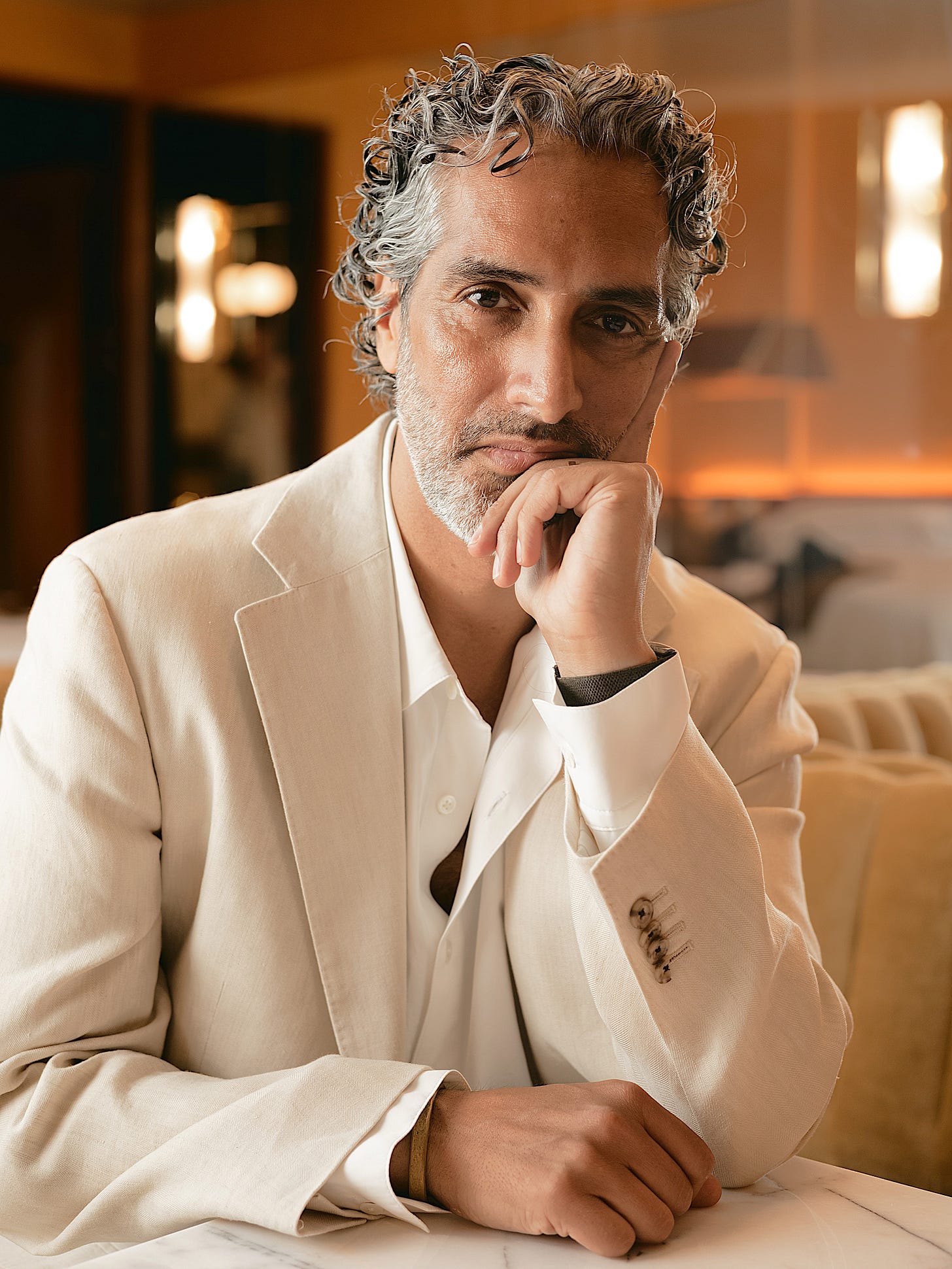
Great interview as ever! So excited to stay at Manner
Such a good interview! Would love to see Larry Mcguire of MML Hospitality on his new hotel/residence development!